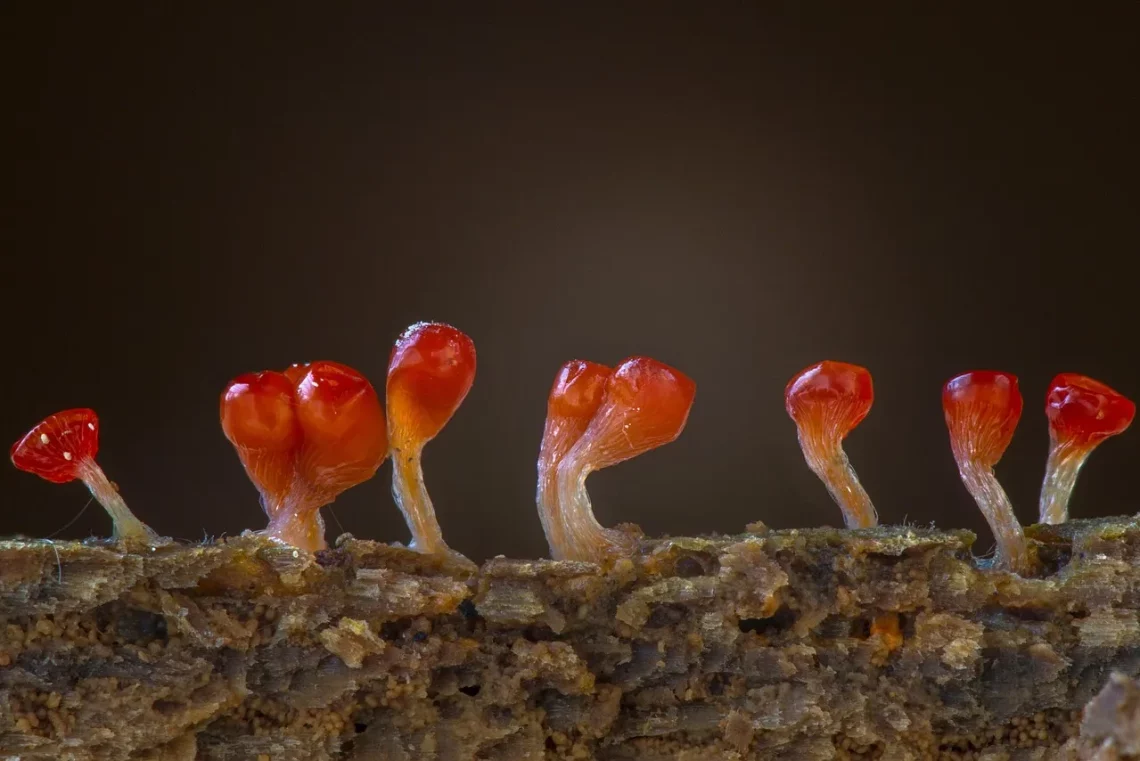
Effective Methods to Remove Mold from Leather Items
Mold growth on leather items can be a significant concern for many people. Leather is a luxurious material often used in clothing, accessories, and furniture. However, it is also susceptible to mold and mildew if not properly cared for. The organic nature of leather makes it an ideal breeding ground for mold, especially in humid or damp environments. When mold appears, it not only damages the material but can also lead to unpleasant odors and potential health risks.
Understanding the causes of mold growth on leather is crucial for prevention and effective removal. Mold thrives in moist conditions, and leather items that are stored in poorly ventilated areas or exposed to water are particularly at risk. Moreover, the presence of organic residues, such as sweat or food particles, can exacerbate the issue. Consequently, tackling mold on leather requires a strategic approach that balances cleaning methods with care for the material itself.
In this article, we will explore several effective methods for removing mold from leather items, along with tips for prevention and maintenance. By following these guidelines, you can preserve the integrity of your leather belongings while ensuring they remain mold-free and in excellent condition.
Understanding Mold Growth on Leather
Mold is a type of fungus that thrives in warm, damp environments. When it comes to leather, mold can develop quickly if proper care is not taken. Leather is made from animal hides, which contain proteins and other organic materials that mold feeds on. Additionally, leather items can absorb moisture, creating an ideal habitat for mold spores to grow.
The most common types of mold found on leather include Aspergillus and Penicillium species. These molds can appear as dark spots, patches, or even a fuzzy texture on the surface of the leather. Not only do they damage the appearance of the item, but they can also weaken the material over time, leading to cracks and tears.
The key to preventing mold growth on leather is to maintain a dry and well-ventilated environment. Storing leather items in airtight containers or bags can trap moisture, so it’s essential to allow for air circulation. If leather items are used frequently, they are less likely to develop mold, as regular exposure to air can help keep moisture levels down.
If you discover mold on your leather, it is crucial to act quickly. The longer mold remains untreated, the more difficult it will be to remove and the greater the risk of permanent damage. Understanding the conditions that lead to mold growth is the first step in both prevention and treatment.
Natural Cleaning Solutions for Mold Removal
When it comes to removing mold from leather, many people prefer to use natural cleaning solutions that are less harsh than chemical alternatives. One effective option is a mixture of water and white vinegar. Vinegar has natural antifungal properties, making it an excellent choice for combating mold.
To create a cleaning solution, mix equal parts water and white vinegar in a spray bottle. Lightly spray the affected area of the leather, being careful not to saturate it. Allow the solution to sit for a few minutes to penetrate the mold. Afterward, use a soft cloth to gently wipe away the mold. It’s important to test this mixture on a small, inconspicuous area first to ensure it does not discolor the leather.
Another natural option is to use rubbing alcohol. This can be particularly effective for tougher mold spots. Mix one part rubbing alcohol with one part water, apply it to a cloth, and gently rub the affected area. After treating the leather, wipe it down with a clean, damp cloth to remove any residue, then let it air dry.
For leather items that are heavily soiled or have significant mold growth, a paste made of baking soda and water can also be effective. Apply the paste to the affected area, allow it to dry, and then brush it off gently. Baking soda not only helps to lift mold but also neutralizes odors associated with mold growth.
Regardless of the method chosen, always allow the leather to dry completely in a well-ventilated area. Direct sunlight should be avoided, as it can cause the leather to dry out and crack.
Commercial Mold Removal Products
For those who prefer commercial solutions, there are many specialized mold removal products designed for leather. These products can be particularly effective in treating severe mold infestations and often include ingredients specifically formulated to clean and protect leather.
When selecting a commercial mold remover, it’s essential to choose one that is safe for use on leather. Always read the label carefully to ensure it is designed for use on leather and does not contain harsh chemicals that could damage the material. Some products also offer additional benefits, such as conditioning properties that can help keep the leather supple.
Before applying any commercial product, test it on a small, hidden area of the leather. This precaution helps to ensure that there will be no adverse reactions, such as discoloration or damage. Follow the manufacturer’s instructions for application and drying times carefully.
After using a commercial mold remover, it is advisable to condition the leather. Mold removal can strip some of the natural oils from the leather, leading to dryness. A quality leather conditioner will help restore moisture and flexibility to the material, prolonging its lifespan.
It’s also a good idea to regularly apply a leather protector after cleaning, especially if the item is frequently exposed to moisture. These protectors create a barrier that can help prevent future mold growth and keep your leather looking its best.
Preventing Mold Growth on Leather Items
Prevention is often the best strategy when it comes to mold growth on leather. There are several steps you can take to protect your leather items from developing mold in the first place.
First, ensure that leather items are stored in a cool, dry place. Avoid basements or other areas prone to moisture. If storing leather clothing or accessories, use breathable garment bags or boxes with ventilation holes. Avoid plastic containers that can trap humidity.
Regular cleaning and maintenance are also crucial. Wipe down leather items with a soft, dry cloth to remove any dust or moisture that may accumulate. For items that are not used frequently, consider using silica gel packets or other desiccants in storage areas to help absorb excess moisture.
It’s also important to be mindful of how leather items are used. If you are wearing leather shoes or clothing, avoid exposing them to rain or excessive humidity. If they do get wet, dry them promptly with a soft cloth and let them air dry in a well-ventilated area, away from direct heat sources.
Lastly, routine inspections of your leather items can help catch any signs of mold early. Look for discoloration, unusual odors, or changes in texture. Addressing mold growth at the first sign can make removal much easier and protect your investment in leather goods.
In conclusion, while mold can be a challenging issue for leather items, effective removal and prevention strategies can help you maintain the beauty and longevity of your leather possessions. By understanding the causes of mold growth and employing proper cleaning methods, you can keep your leather items looking their best for years to come.
**Disclaimer**: This article is not intended as medical advice. For health-related issues, please consult a medical professional.




